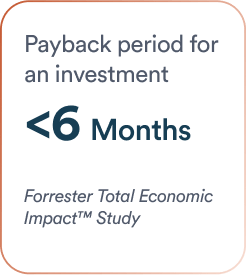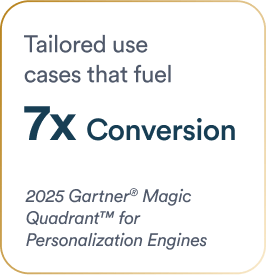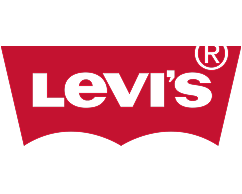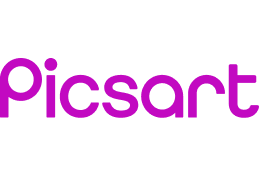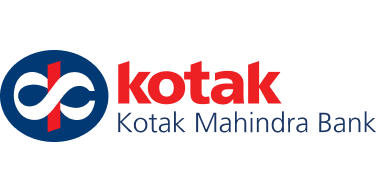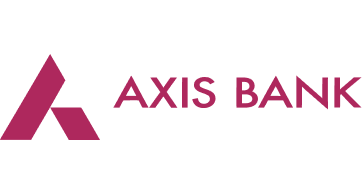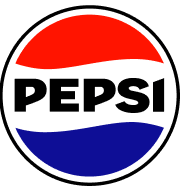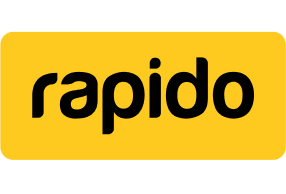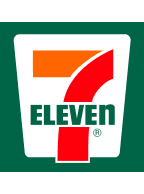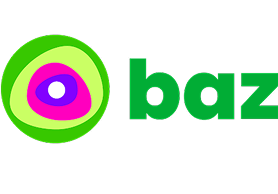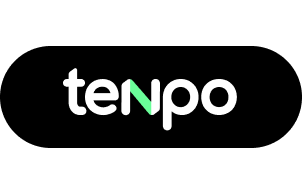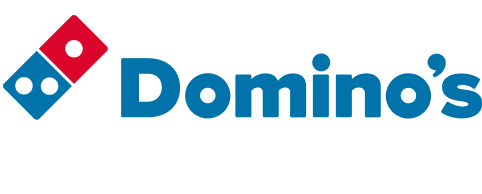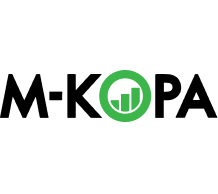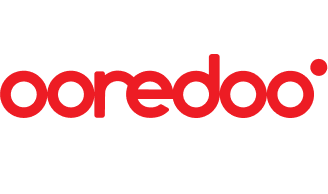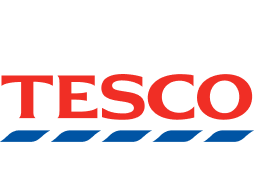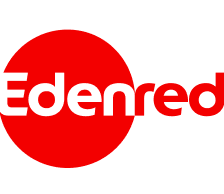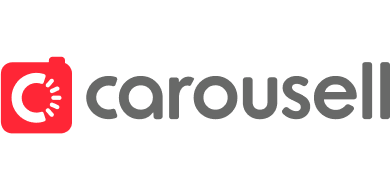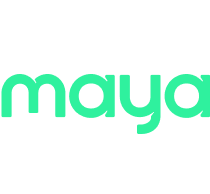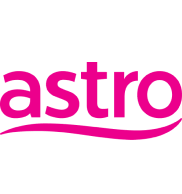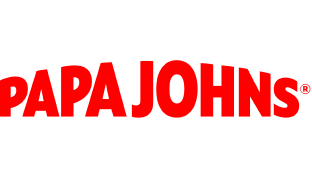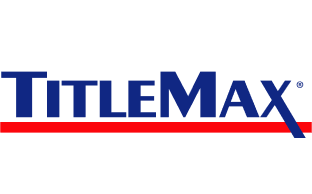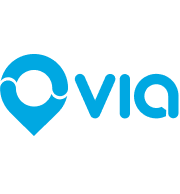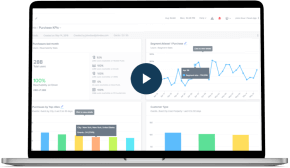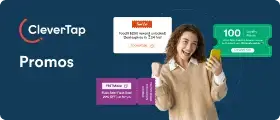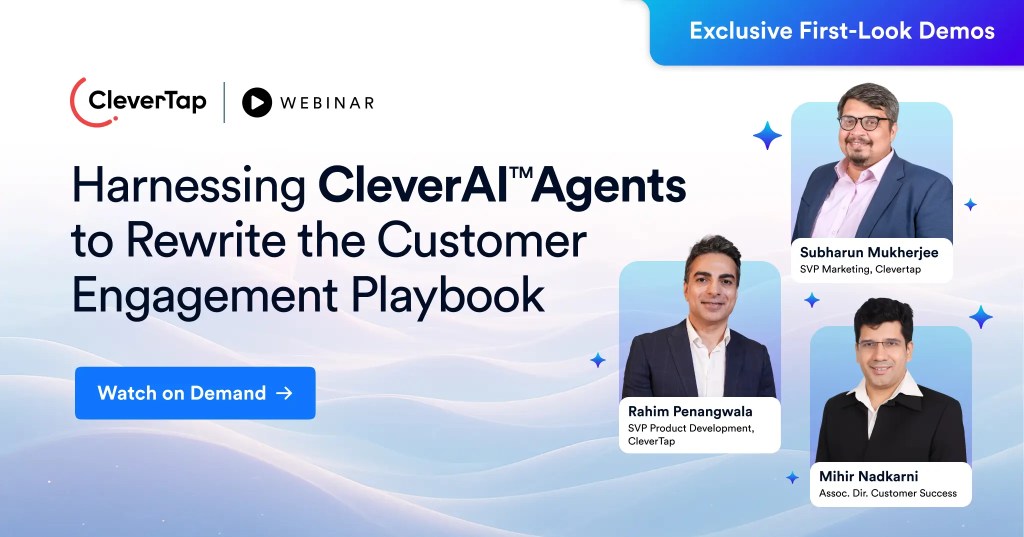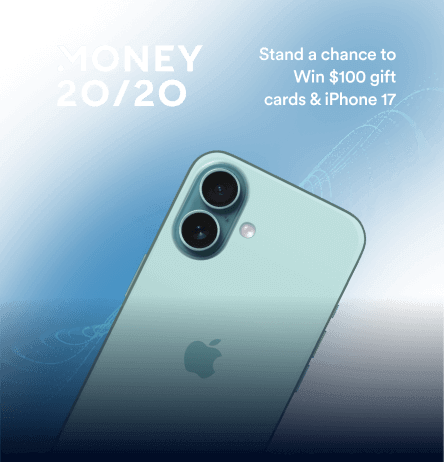Marketers expect more than just a reaction from AI agents.
An ideal marketer would want an AI agent to act strategically, evaluating all actions that lead to a goal and adapting accordingly. It ensures agents don’t just optimize for metrics of different teams, but critical business KPIs.
A goal-based agent in AI helps marketers achieve this as it is explicitly driven by objectives. It thinks beyond micro-metrics, assisting businesses to achieve their key KPIs. It enables marketers to transition from tactical to strategic approaches.
For example, if a user leaves items in their cart, an AI agent would automate a reminder via email after a few minutes. However, a goal-based agent would first identify the objective and then determine the best ways to achieve it, such as offering a discount coupon over chat or through other channels.
This gives a strategic edge to marketing teams.
What is a Goal-Based Agent in AI?
A goal-based AI agent helps achieve a specific objective by reasoning about its actions and taking appropriate steps to accomplish it. It operates in an environment using sensors to perceive data and actuators to take actions. What sets it apart is that it doesn’t just react to the immediate situation, but evaluates actions that move it closer to the goal.
Goal-based agents continually repeat the sense-think-act cycle.
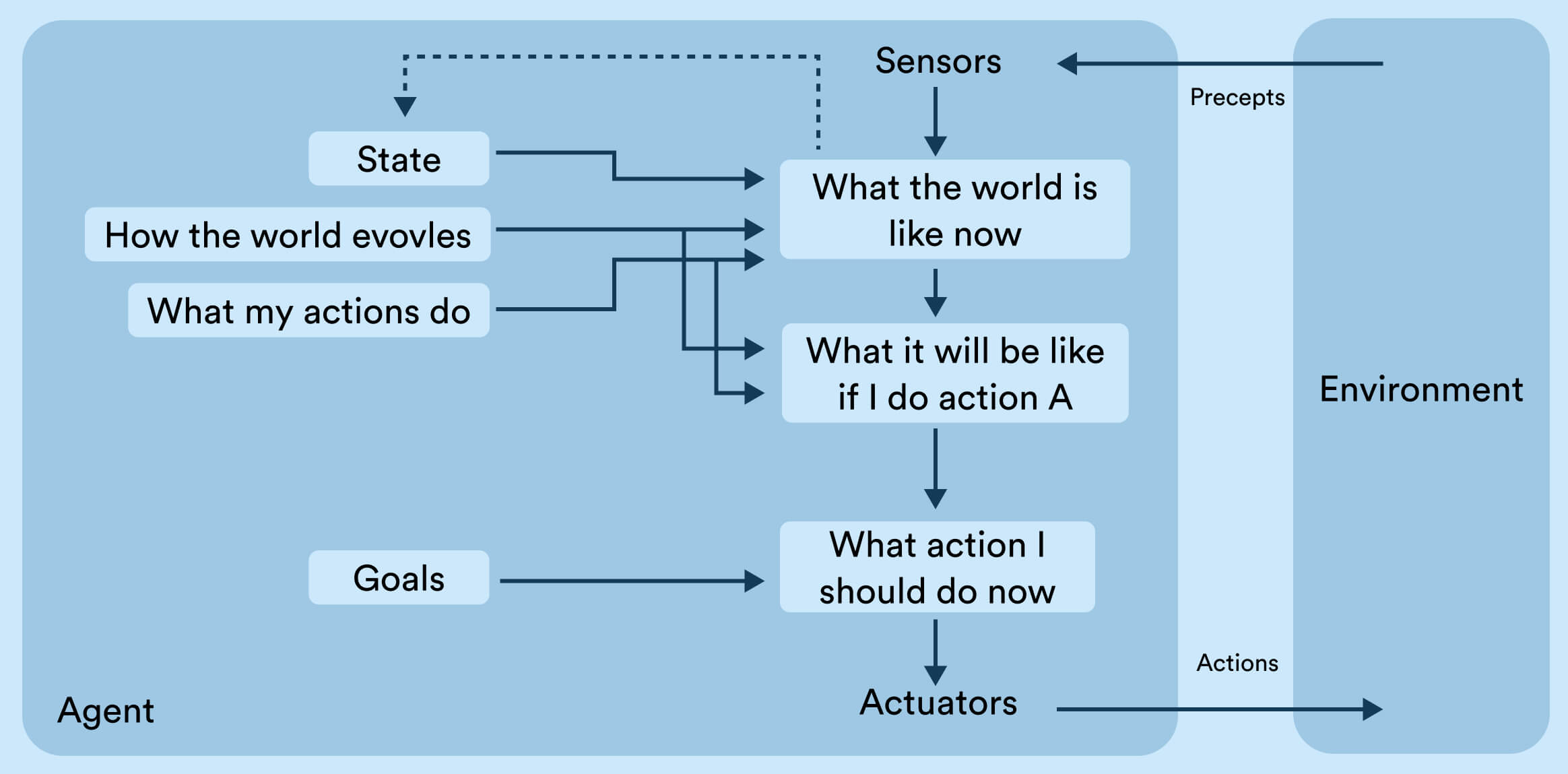
Goal-based agents employ techniques such as search and planning to determine action sequences. It gives your team foresight, making it easier to minimize detours before reaching the goal.
Types of AI Agents and Where Goal-Based Agents Fit
Not all AI agents are goal-driven.
There are different types of AI agents categorized by their sophistication in decision-making.
| Agent Type | How It Decides | Use Case Examples | Relative Complexity |
| Simple Reflex Agent | Reacts to stimuli. Follows a fixed condition-action rule based on the current perception. | The thermostat turns on if the temperature falls below a threshold. | Low |
| Model-Based Reflex Agent | Still rule-based, but with an internal state model of the world to remember past info. | A robot vacuum that maps which areas have been cleaned before from its memory in past locations. | Low-medium |
| Goal-Based Agent | Prioritizes the goal and adopts a strategic approach toward it, rather than taking immediate actions. | A marketing campaign agent targeting a sales goal that strategizes across channels. | Medium |
| Utility-Based Agent | An extension of goal-based agents that uses a utility function to handle trade-offs. It quantifies preference for different outcomes and selects actions that maximize expected utility. | An autonomous car balancing speed vs. safety vs. fuel efficiency by maximizing an overall utility score. | High |
| Learning Agent | Improves its performance over time via learning. It has components to learn from feedback (rewards/errors) and update its decision policy. | A recommendation system that refines its suggestions based on user interactions | High |
Among these different types of AI agents, goal-based agents give you the best of both worlds. They bring in strategic and objective-driven thinking without complexity.
Strategic Advantage of Goal-Based Agent Logic in Martech
From a marketer’s perspective, understanding how goal-driven AI thinks is more than academic; it’s strategic. Modern marketers use different marketing AI agents for campaign optimization, personalization, and other marketing-related tasks. Goal-based AI systems enable them to prioritize all activities around a single north-star goal, keeping the team strategically aligned toward achieving it. It has several advantages:
- Eliminates Micromanagement: Since goal-based agents are outcome-obsessed by design, you can define a clear goal, which is a business KPI. This ensures the AI’s behavior directly maps to business value.
- Ensures Trust and Transparency: The actions of goal-based AI agents reveal a great deal about what was done and why. This keeps the team informed, maintaining trust and transparency.
- Adapts Proactively: It solves the pain of marketers reacting too slowly or missing signals. For example, if conversions start dropping via SMS, a goal-driven agent would tweak messaging or try an omnichannel approach to achieve the target outcome. They won’t delay in adapting.
- Improves Team Strategy and Supports Creativity: Paradoxically, automating goal-driven decisions frees human marketers to be more creative and strategic. When an AI agent handles the nitty-gritty details, such as determining who receives which message at what time to maximize conversions, the marketing team gets to focus on higher-level strategy and creative planning.
How Goal-Based Agents Work
Conceptually, goal-based agents follow a continuous loop of sense, think, act, and learn.

Sense
Through sensors, the agents gather information on the current state of the environment. For example, real-time metrics from campaigns, user behavior on a site or app, CRM data, and others.
Think
The agent updates its internal state based on the inputs it senses.
Given what it has sensed and its goals, the agent evaluates the possible actions and selects the one most likely to achieve or advance the goal.
A goal-based agent will search through possible action sequences or use a decision tree or logic rules to project outcomes. Most importantly, it considers future consequences of action, and not just its immediate effects.
While planning, it does incorporate constraints that the agent must respect while pursuing the goal. For example, the marketing agent might have a budget cap, timing, or UX constraints.
Act
The agent’s actuators then execute the chosen action in the environment. It can mean an API call or a command based on what’s needed. After the action, the environment state might change. For example, the user receives the email, or the budget gets partially used.
Learn
Many goal-based agents also incorporate a feedback mechanism. They monitor the results of the action and adapt if needed. This is not unique to goal-based agents (learning agents explicitly do this), but any good goal-directed system in marketing will at least do a form of feedback checking: “Did the action move toward the goal or not?”
If not, it can revise its strategy. This adaptability is key in complex environments as it creates a loop where the agent continuously senses new data, rethinks the plan, and acts again.
Working Example of a Goal-Based Agent
Let’s visualize this with a simple example. A goal-based agent was tasked with improving user retention in a mobile app by 20%.
Here’s how it works:
- Sense: It tracks in-app user behavior, identifying users who are becoming inactive.
- Think: If the goal is to re-engage users, it might plan a sequence of actions like: Day 0, no activity, send push notification; if still no activity by Day 3, send an email with a special offer; if the user comes back, perhaps trigger an in-app tutorial to showcase features. This will increase long-term stickiness.
- Act: It executes those steps when each condition is met.
- Learn/Adapt: If the push notification strategy shows poor results, the agent can adjust. It can maybe try a different message or send at a different time for users who ignored the first push. All these adjustments are in service of the retention goal.
Goal-Based Agent Examples for Marketers
Below are a few examples of goal-based AI agents for marketing use cases.
Cross-Channel Campaign Optimizer
A cross-channel campaign optimizer agent can be set to maximize conversions across multiple channels, such as social ads, push notifications, emails, or chat. It ingests data from all campaigns while considering the daily budget limits.
The actuators adjust channel budgets in real time to reallocate spend between channels and modify bid strategies. All happens in an automated way. For example, if push notifications are doing good, the agent will double down on them to further optimize the send timing and frequency for the maximum conversion goal.
Why is cross-channel campaign optimization useful?
When you’re running omnichannel campaigns, it’s a struggle to optimize in real-time across multiple platforms at the right signals.
According to the cross-channel marketing strategy report, businesses see up to 49% high conversion rates by using four or more channels in a cohesive strategy. A cross-channel AI optimizer will precisely implement such a strategy without overwhelming your team.
AI Personalization Engine for In-App Engagement
An AI personalization engine can drive a specific user behavior that indicates engagement or reduces churn. The agent monitors user-level data inside an application or service. Inputs include in-app actions, frequency of use, inactivity periods, and any signals of frustration or drop-off.
Based on the signals, it personalizes the user experience in real time.
Actions might involve:
- Sending a contextually relevant push notification or email to re-engage a user
- Triggering an in-app message or tutorial at the right moment
- Offering a special incentive to at-risk users, or even dynamically adjusting app UI elements to highlight the target feature.
The agent essentially has a toolbox of engagement tactics and chooses which (and when) to deploy for each user. For instance, Scribe from CleverAI monitors emotions, likes, and preferences for each customer to create messaging that targets customers’ unique preferences.
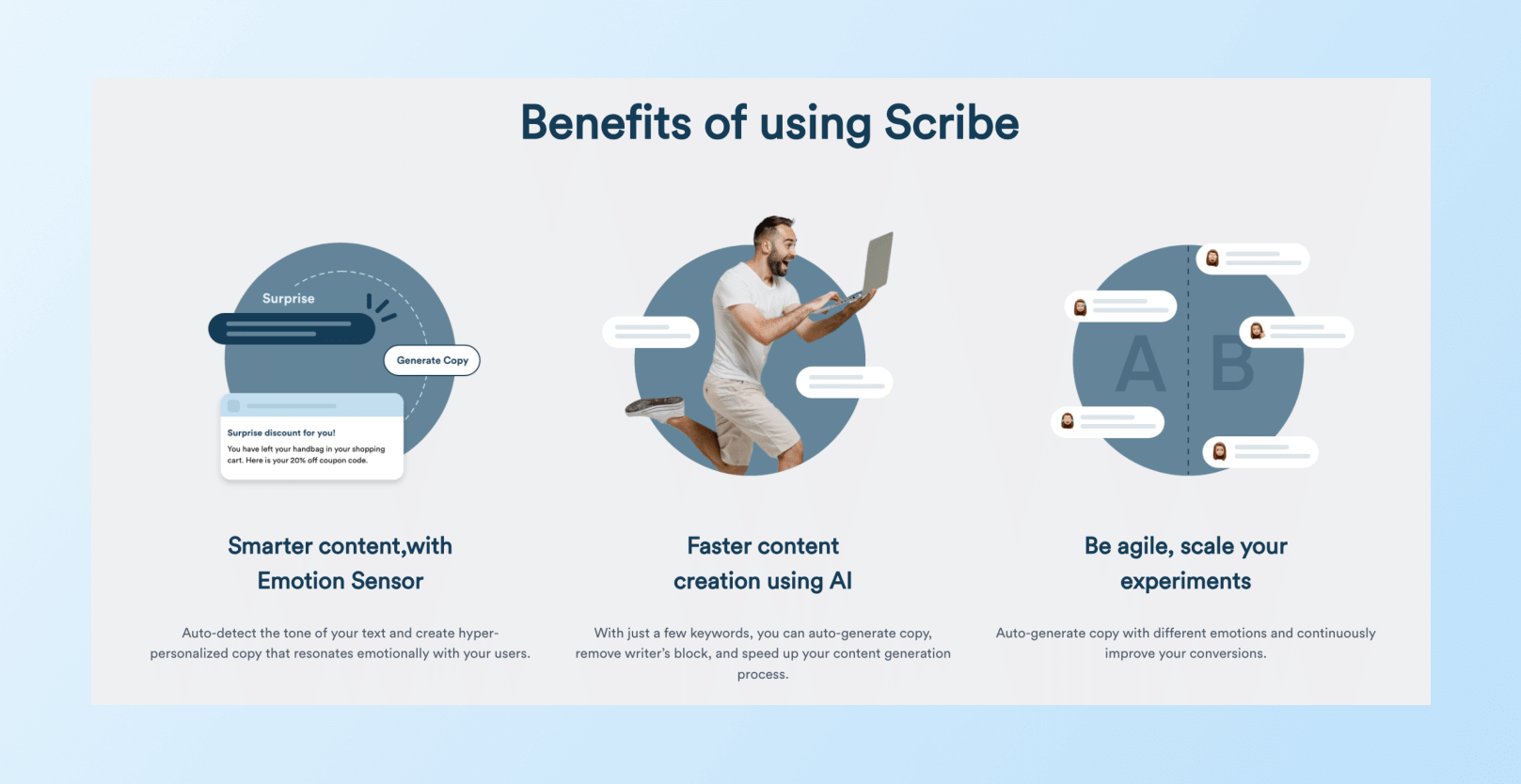
For example, if the goal is “get user to use Feature X three times in their first week,” the agent might plan:
- On day 2 of no Feature X usage, show an in-app tip about Feature X
- If still unused by day 4, send a push saying “Here’s what you’re missing in X” with a compelling benefit.
- If the user uses Feature X once but not again, follow up with an email of advanced tips to encourage repeated use.
These are not random; it’s a goal-driven drip campaign, orchestrated by the agent based on each user’s state relative to the goal.
Agents like these make personalization possible at a large scale. You can’t realistically have a human watching every user’s journey and responding appropriately. This is where an AI personalization engine comes to your rescue.
Funnel-Based Conversational Agent
A funnel-based conversational agent is tasked with progressing a user to the next stage in a sales or conversion funnel. It captures real-time conversational cues from users through their questions, responses, and hesitations, as well as contextual information such as the page they’re visiting. It considers this in conjunction with other behavioral signals as part of its environmental knowledge.
The conversational agent’s responses are dynamically generated to guide the conversation toward its goal.
A goal-based conversational agent continually evaluates the conversation state against the funnel goal. It has a model of dialogue state, where it’s constantly assessing:
- Is the user just browsing?
- Are they expressing interest?
- Do they have a serious concern?
For example, if the user says, “I’m just comparing options right now,” the bot identifies that the user is in the early stages. It might respond by highlighting a unique value proposition or offering a comparison guide. If the user asks “How much does it cost?”, that’s a good buying signal; the agent might decide the goal of booking a sales call is within reach, and reply with a brief answer and a CTA.
When to Use Goal-Based Agents Over Other AI Models
There are several situations and events where using a goal-based agent is more sensible than a rule-based or other AI models. These insights will help you make a choice.
Use goal-based agents in situations that:
- Require strategic decision-making or multi-step processes. For example, orchestrating a multi-touch marketing campaign or managing a real-time bidding strategy.
- Have a dynamic or partially predictable environment. For example, programmatic advertising or adapting to changes in user behavior.
- Need scalability and learning. For example, offering personalized recommendations.
Use other AI models when you:
- Have a singular and well-defined task. For example, image recognition or regression to forecast sales.
- Have objectives that are very complex or involve significant trade-offs. For example, when there are multiple competing goals, utility agents or learning agents will be more helpful.
Overall, goal-based agents are ideal whenever you have a clear outcome to achieve, and achieving it involves a series of decisions in a complex and changing environment.
How CleverTap Uses Goal-Based Thinking in Clever AI
CleverTap has introduced its Clever AI engine, which exemplifies goal-based agent principles in a marketing context. CleverTap’s solution works alongside marketers to automate intelligent decisions and personalize at scale.
Let’s break down how Clever AI maps to goal-based agent logic:
Defined Marketing Goals
CleverTap allows marketers to set specific goals such as improving user retention, increasing reactivation of dormant users, or maximizing customer lifetime value (LTV).
These become the explicit objectives that the AI pursues.
Agents Operating Within Guardrails
One concern businesses have is letting AI run wild. CleverTap addresses this by having autonomous, trusted agents that operate within your brand’s guardrails and goals.
With CleverTap, you can set constraints such as message frequency limits, brand tone guidelines, and budget limits, and the AI will respect these while still optimizing toward your goals.
Multi-Agent Architecture
CleverAI is designed as a network of specialized agents working together. Instead of one monolithic agent, CleverTap breaks the problem into roles using a multi-agent AI system:
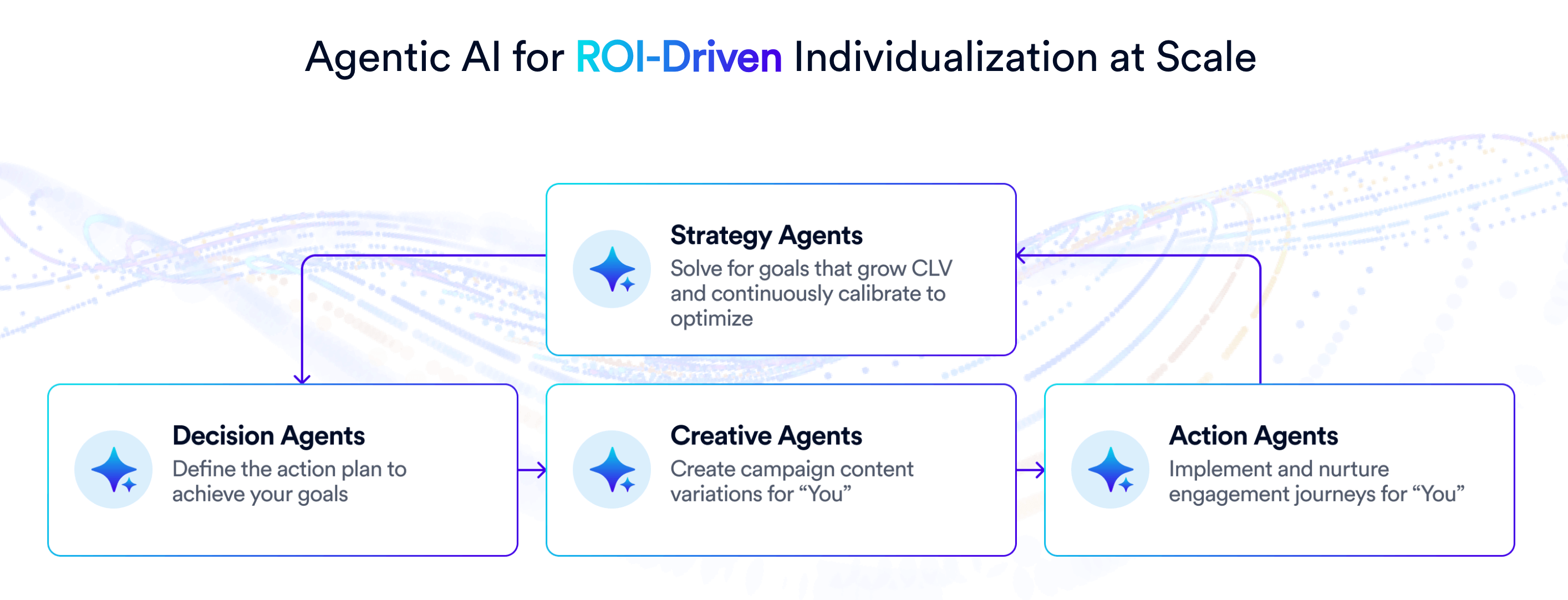
- Strategy agents are the high-level planners. They define the action plan to achieve your goals, invoke other agents to execute parts of the plan, suggest smarter ways to accomplish the goal, and continuously self-optimize and remember context.
- Decision agents are the smart decision-makers. They connect each customer to the right experiences. It matches the right product, offer, or workflow to each customer and even predicts intent to personalize the decision.
- Creative agents add the personal touch. They handle the content generation side within the strategic framework.
- Action agents are the executioners. They build and send out the messages, deploy the changes, and make sure each user gets the individualized treatment decided above.
Let’s consider an example of a re-engagement workflow to visualize CleverAI in action.
An Example of a Re-Engagement Workflow With CleverAI
Suppose you have users who haven’t opened the app in 3 weeks.

A strategy agent would have a goal to reactivate these users. It may deploy a decision agent to each user when a trigger (such as 3 weeks of inactivity) occurs. The decision agent looks at the user’s profile and predicts the channel and message that would best re-engage them. The creative agent crafts the message, “Hey John, we’ve added new features since you last visited, come check them out and enjoy 20% off your next purchase!” if John is price-sensitive, for example.
The action agent sends it at an optimal time. If John ignores it, the system learns and perhaps 2 days later tries an email, or a higher incentive, adjusting the plan. All of this happens autonomously, but in line with the re-engagement goal.
Achieve Your Marketing OKRs Intelligently
CleverTap’s Clever AI demonstrates goal-based thinking by clearly mapping AI-driven decisions to marketing goals, using a system of specialized agents. It covers the complete sense–think–act loop across the marketing lifecycle.
CleverAI continuously learns and works within human-set boundaries, providing an explainable, goal-aligned AI partner for marketers. It has the potential to work wonders for large-scale marketing campaigns.
Once implemented, you get to act on the right signals from your campaigns at the right time to ensure the highest ROI.
Want to see it in action? Schedule a call with CleverTap and discover CleverAI in its full potential.
Subharun Mukherjee 
Heads Cross-Functional Marketing.Expert in SaaS Product Marketing, CX & GTM strategies.
Free Customer Engagement Guides
Join our newsletter for actionable tips and proven strategies to grow your business and engage your customers.



